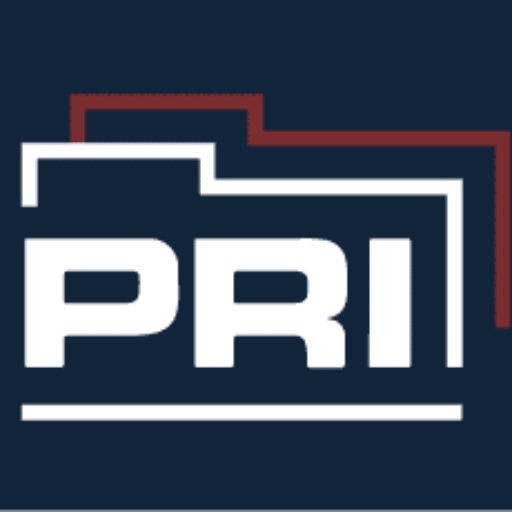What is Records Management?
All government agencies create, use, store, receive, and send records on a daily basis. While any business needs to manage its records and information in order to function, government agencies have the added burden that their records are public and, therefore, disclosable. It is the agency’s fundamental responsibility to preserve its records and make them accessible when requested.
Many agencies struggle with these tasks, leaving decades’ worth of records gathering dust in a neglected records room. There is no “management” – no guidelines for users on what to name files, where and how to store them, or when to delete them. Emails multiply endlessly, taking up terabytes of data. Electronic forms are printed, signed, then scanned, and filed electronically.
Why is Records Management Necessary?
Government records management is necessary not only because it is required by law but also because it allows for efficient and effective use of resources. Without proper records management, employees waste thousands of hours annually searching for information. Imagine being a newly hired city clerk. Your boss asks you for the meeting minutes from last year’s city council budget session. You know these minutes should be on the shared drive somewhere, but there are countless folders, and you can’t make sense of the structure. Some of the files start with the date, and some start with the word “minutes.” Should you try searching for “budget” or “minutes?” This is a simple task that should take mere seconds with proper records management.
Modern Enterprise Records Management (ERM)
In this modern age of digital records, having a good paper filing system is no longer enough. True enterprise records management (ERM) means managing all your records, no matter their format, how they were created, or how old they are. This includes managing the entire lifecycle of a record, from creation to final disposition.
Many different ERM systems are available, each with unique features. They can manage infinite file types, multiple depositories, and countless users with varying profiles and permissions. The more complex ERMs even include workflows and digital signatures, so forms can be created, completed, routed, signed off on, and filed without ever printing a single page. Retention rules can be applied automatically, so you don’t have to remember to move a document to the archives when it is no longer needed – this just happens in the background with little to no human intervention. One of the most useful features of ERM is versioning, whereby the system tracks different versions of a document and the changes that were made. This eliminates the need for people to save multiple drafts on their own personal drives as everyone can work simultaneously on the same document in a virtual workspace.
Truly, the move from paper-based processes to enterprise records management can be life-changing for employees. Productivity increases instantly, and employees are generally happier when they are less frustrated searching for what they’re looking for. Managing records decreases liability for agencies as it lessens the likelihood of records being misplaced or deleted too early. In turn, agencies are better able to respond to public records requests accurately and in a timely manner.
How Can PRI Help?
Since 2008, PRI has specialized in government and public safety records and information management operations. As a highly specialized professional services firm, we provide consulting solutions centered around procuring and implementing technology and properly managing agency records. Contact us today to schedule a Discovery Call. We will discuss your current needs and challenges to determine how you and your agency might benefit from the many expert services we provide, including needs assessments, RFPs, records management, technology integration, and our GovQuest public records request solution.
